HVAC & Refrigeration + Critical Systems Engineering By Mechanical PE Exam Prep
$1,299.00 Original price was: $1,299.00.$101.00Current price is: $101.00.
Mechanical PE Exam Prep’s review of HVAC & Refrigeration + Critical Systems Engineering
The fields of refrigeration and HVAC (heating, ventilation, and air conditioning) are both scientific and artistic. Gaining proficiency in these areas is essential for anyone hoping to work in mechanical engineering, particularly for the Mechanical PE Exam. For prospective engineers, the thorough analysis of the HVAC & Refrigeration + Critical Systems Engineering course serves as a lighthouse, guiding them through a wealth of learning resources created especially to get them ready for the demands of the test. With more than 300 practice questions and a thorough examination of fundamental subjects including fluid physics, thermodynamics, and HVAC system designs, this course is sure to be a priceless tool.
In this article, we will explore the various components of this exam prep course, focusing on its structure, content delivery methods, and how it effectively prepares candidates to tackle the Mechanical PE exam with confidence. Whether you’re a seasoned professional or a newcomer to the field, understanding what this course offers can illuminate your path to certification. Let’s delve into the key features and benefits that make this course a must-have for anyone looking to excel in HVAC and refrigeration systems.
Course Design and Content Distribution
A methodical study strategy is crucial for the Mechanical PE exam preparation. A clear framework that divides the course material into manageable chunks is used in the HVAC & Refrigeration + Critical Systems Engineering course. Critical topics are easier to learn and easier to remember because to this arrangement.
Thorough Discussion of Subjects
Numerous topics that are necessary for the test are covered in the course, such as:
- Thermodynamics: Knowing the laws regulating thermodynamic systems and the fundamentals of energy conversion.
- An essential element that investigates fluid dynamics in HVAC applications is fluid mechanics.
- Energy balance is a fundamental component of HVAC design that connects the concepts of fluid mechanics and thermodynamics.
- HVAC System Components and Designs: An in-depth analysis of each component, ranging from chillers to compressors, and how they work together to form entire systems
This comprehensive curriculum is designed to ensure that students not only learn the theoretical aspects but also see how they apply in real-world situations. By incorporating practical examples and problem-solving scenarios, candidates can connect the dots between theory and application, much like a painter mixing colors on a palette before creating a masterpiece.
Interesting Educational Materials
In addition to traditional learning materials, the course offers a variety of resources aimed at enhancing the educational experience. These include:
- Access to Practice Exams: These allow applicants to test their knowledge and hone their time management skills by simulating actual exam conditions.
- Video Solutions: Intriguing video explanations enhance comprehension and provide a clear, understandable illustration of difficult ideas.
- Office Hours with Skilled Teachers: This service offers individualized support by responding to particular queries and providing clarifications on any misunderstandings.
Through these varied resources, students are encouraged to think critically and approach problems from different angles, enriching their learning experience.
Practical Problem-Solving
This exam preparation course’s emphasis on practical problem-solving is one of its best qualities. This hands-on approach gives students the tools they need to successfully address engineering problems in the real world.
Creating a Firm Basis
The goal of the course is to give students a thorough understanding of HVAC concepts and key systems design in addition to exam preparation. Students get a strong problem-solving toolset by completing more than 300 practice problems that cover a wide variety of settings. Every task pushes students to apply their theoretical understanding to real-world scenarios, strengthening their conceptual understanding.
In mechanical engineering, much like in sports, practice is the key to mastery. Engaging with a wide variety of problems prepares candidates for any curveball they might encounter on exam day. The iterative nature of problem-solving allows for gradual skill acquisition, ensuring that by the time a candidate sits for the exam, they are equipped with confidence and competence.
The Value of Real-World Applications
While theoretical understanding is important, what sets a good engineer apart from an outstanding one is their actual application of that knowledge. Students can observe firsthand how HVAC systems operate in typical situations thanks to the course’s integration of real-world applications into the learning process. Students might, for instance, examine how much energy various HVAC systems use under various load scenarios, giving them knowledge that will help them with future design.
The spirit of engineering itself, which combines creativity and critical thought, is reflected in this practical experience. In addition to having knowledge, students graduate with a mindset prepared to take on the intricate problems facing the HVAC sector.
Preparation Strategies for Exam Success
Preparing for the Mechanical PE exam can be daunting, but with the right strategies in place, candidates can navigate the journey with greater ease. The HVAC & Refrigeration + Critical Systems Engineering course offers several strategic approaches that enhance exam readiness.
Successful Study Methods
Candidates’ ability to retain information can be greatly impacted by using a range of study strategies. The following are some methods that have been demonstrated to improve comprehension and memory:
- Active Recall: Memory pathways are strengthened by practicing information retrieval without consulting notes.
- Spaced Repetition: Information is better retained in long-term memory when it is reviewed at progressively longer intervals.
- Group Study: Working together with peers promotes dialogue and a range of perspectives, which deepens comprehension and expands horizons.
Candidates can make the most of their time and effort before the test by implementing these strategies into their preparation, which can result in more productive study sessions.
Experience with a Simulated Exam
It is crucial to take timed, full-length practice tests as part of the preparation process. This practice lessens anxiety associated with unexpected pacing difficulties and helps applicants better manage their time throughout the actual exam. Practice tests are incorporated into the course to help students become accustomed to the format and improve their test-taking techniques.
Making Good Use of Resources
Knowing how to make the most of the course materials can also change everything. For example:
| Resource | Benefit |
| Practice Exams | Familiarity with question types |
| Video Solutions | Clarification of complex concepts |
| Instructor Office Hours | Personalized guidance |
By engaging comprehensively with each resource, candidates can enhance their learning experiences and drastically improve their chances of success on the exam.
In conclusion
To sum up, Mechanical PE Exam Prep’s HVAC & Refrigeration + Critical Systems Engineering course is an invaluable resource for applicants getting ready for the Mechanical PE Exam. This course equips ambitious engineers to succeed on exams with confidence thanks to its extensive curriculum, emphasis on real-world applications, and creative study techniques. Candidates are better equipped to succeed in their future employment in HVAC and refrigeration engineering by combining their theoretical knowledge with practical experience. As you set out on your life-changing adventure, keep in mind that every obstacle overcome brings you one step closer to mastery, every problem encountered offers a chance for development, and every study session serves as a foundation for your future career.
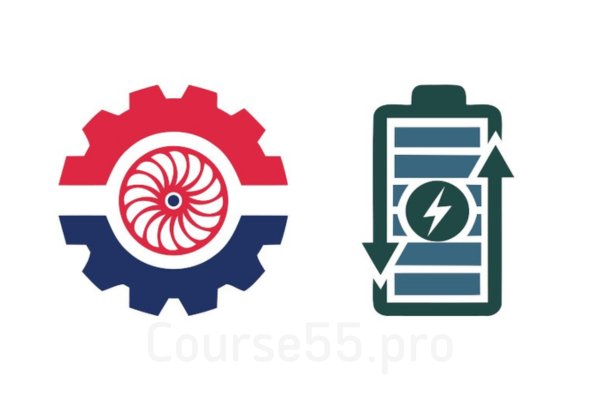
Frequently Asked Questions:
Business Model Innovation:
Embrace the concept of a legitimate business! Our strategy revolves around organizing group buys where participants collectively share the costs. The pooled funds are used to purchase popular courses, which we then offer to individuals with limited financial resources. While the authors of these courses might have concerns, our clients appreciate the affordability and accessibility we provide.
The Legal Landscape:
The legality of our activities is a gray area. Although we don’t have explicit permission from the course authors to resell the material, there’s a technical nuance involved. The course authors did not outline specific restrictions on resale when the courses were purchased. This legal nuance presents both an opportunity for us and a benefit for those seeking affordable access.
Quality Assurance: Addressing the Core Issue
When it comes to quality, purchasing a course directly from the sale page ensures that all materials and resources are identical to those obtained through traditional channels.
However, we set ourselves apart by offering more than just personal research and resale. It’s important to understand that we are not the official providers of these courses, which means that certain premium services are not included in our offering:
- There are no scheduled coaching calls or sessions with the author.
- Access to the author’s private Facebook group or web portal is not available.
- Membership in the author’s private forum is not included.
- There is no direct email support from the author or their team.
We operate independently with the aim of making courses more affordable by excluding the additional services offered through official channels. We greatly appreciate your understanding of our unique approach.
Be the first to review “HVAC & Refrigeration + Critical Systems Engineering By Mechanical PE Exam Prep” Cancel reply
You must be logged in to post a review.

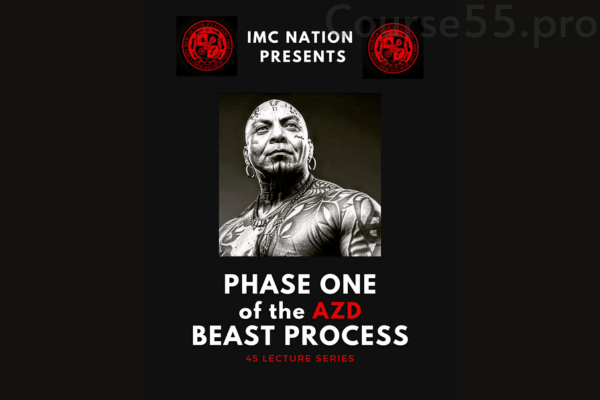

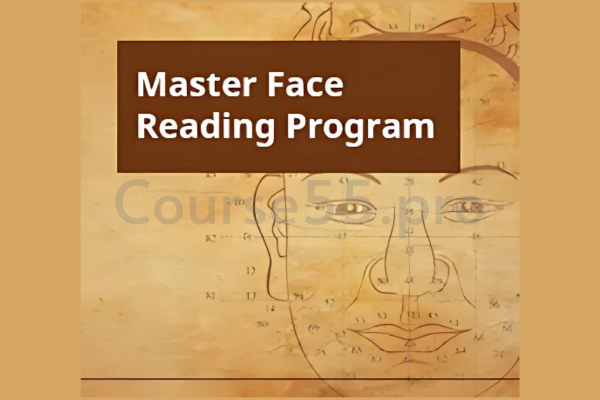


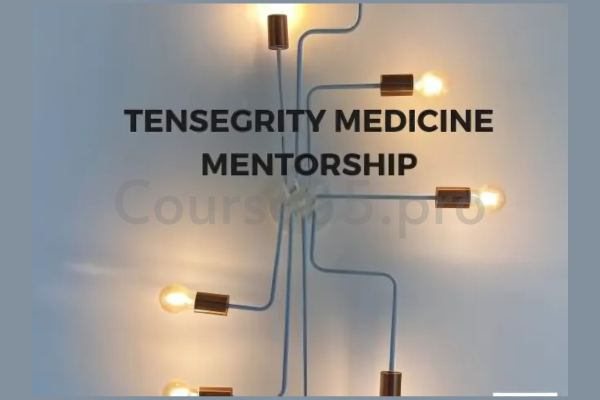





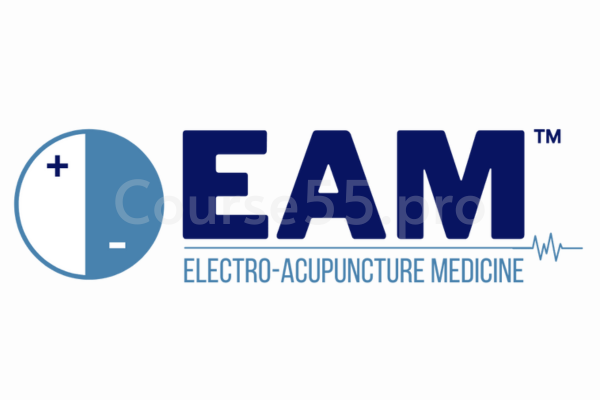
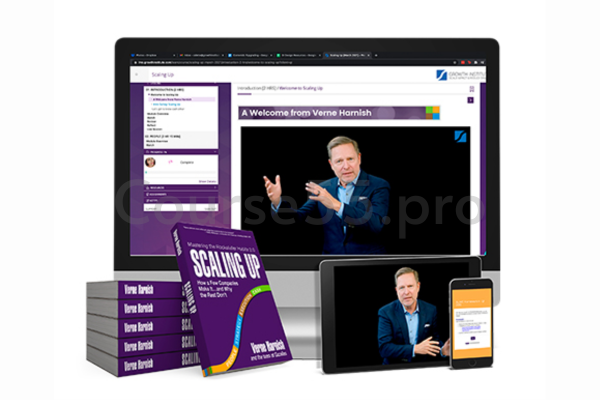


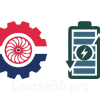
Reviews
There are no reviews yet.